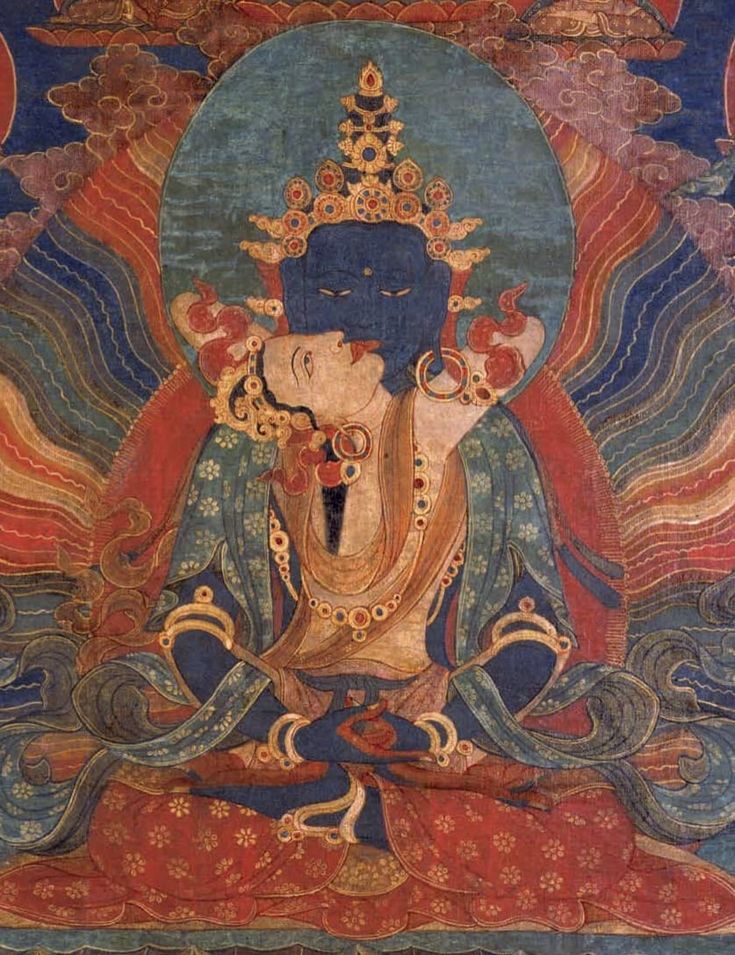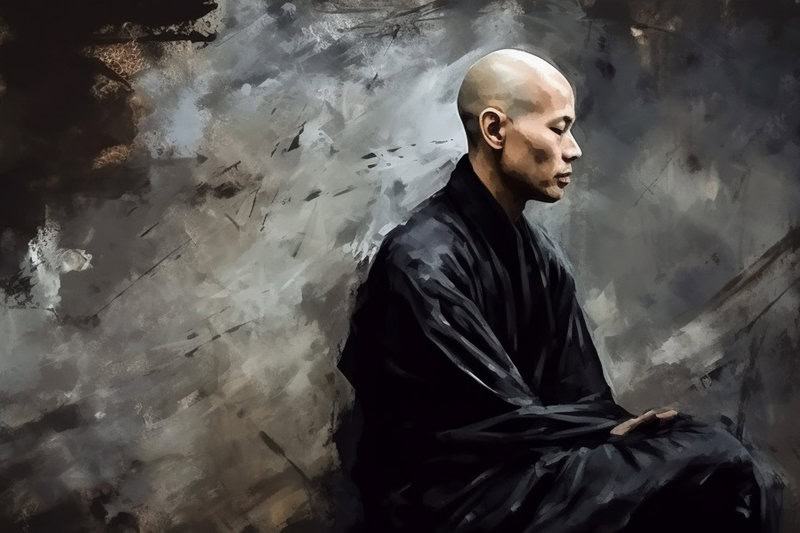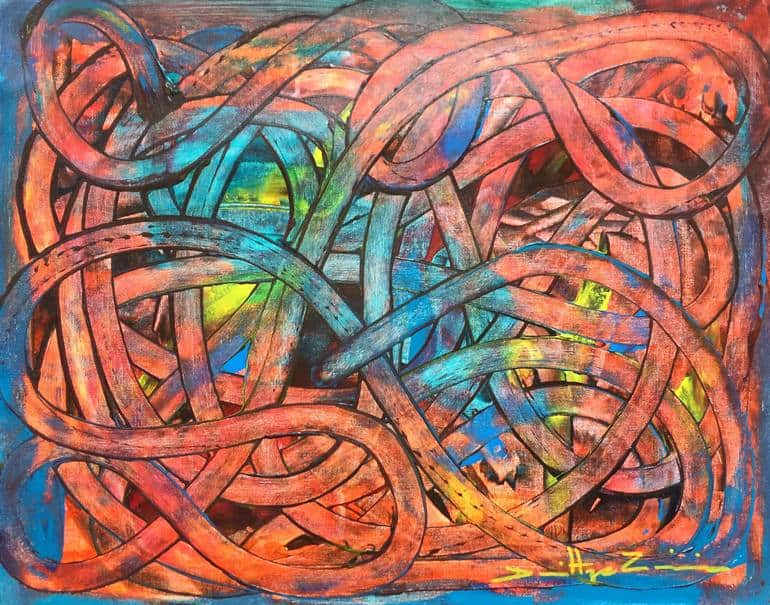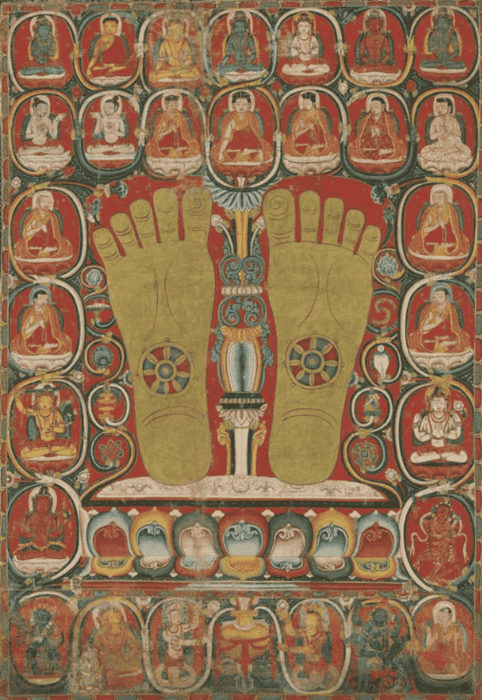Following on from the post: Is Zen Vajrayana?
I believe there are various tradtions in Zen. Some of them may use result as a path.
This is a really interesting question. I don’t think that any of the traditions practice result as path in the sense that Vajrayana teachings teach it. However, interestingly enough, Soto Zen (rather than Rinzai Zen) has some teachings which mirror this aspect.
Rinzai Zen
Rinzai Zen’s teachings on koans are very much a progressive teaching which gradually develops one’s Insight or Realisation as one ‘passes’ each Koan in turn. It is very much a teaching which emphasises a gradual approach of deepening insight through practicing on the causes of gaining realisation.
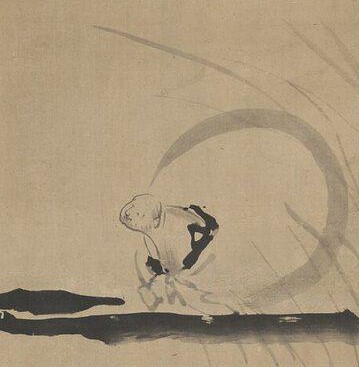
Soto Zen
However, in Soto Zen, the main practice is Shikantaza, translated as ‘just sitting’. Here, one in a sense practice itself is enlightenment already. So one is already a Buddha, as one practices. In a sense, one practices being a Buddha. However, it is not practicing on the result in the same sense as Vajrayana, more an employment of skilful means whereby one refuses to accept the dualism between enlightened and unenlightened, and between practicing and not-practicing.
Sudden school vs gradual school
There is a relation here between this ‘similarity’ to Vajrayana means in that Soto Zen is what is known as the ‘sudden’ school, whereas Rinzai Zen is the ‘gradual’ school.
Soto Zen and Vajrayana
I think there’s a clear difference here in Soto Zen, which has methods which continually point the practitioner to avoid thinking in terms of practice/not practice (ie, meditating/not meditating), and enlightened/not enlightened, and that of Vajrayana, which largely emphasises the identification with the realised form and qualities themselves as the means.
Vipassana and direct insight
Practice on Yidams is an important part of Vajrayana, but it also has methods which use direct insight, rather than identifications with forms of energy and lights.
I’m not quite sure if you actually mean this? Direct Insight methods, or Vipassana are not limited to Vajrayana, nor are they a sign of it. Vipassana methods are found in Hinayana, Mahayana and Vajrayana vehicles equally. Each of the vehicles has Samatha methods and Vipassana methods. For example, within the Deity practice of Vajrayana, the generation stage is mainly a samatha method, and the completion stage is a Vipassana method (or direct insight method). Perhaps you could clarify if you are using direct insight in another sense to the common one?

Sutra, Tantra and Essence Mahamudra
Different methods do not exclude each other, they may be combined to reach the goal – you may read “Mahamudra, Eliminating Darkness of Ignorance” by 9th Karmapa for more details.
Even though he mentions Yidam meditations, he does not make emphasis on them as the main method, and mentions it only in context of “practicing Mahamudra in phase of creation”.
That is because the aforementioned text is a Mahamudra text rather than a Vajrayana text, is it not, as are all three of the 9th Karmapa’s main texts?
The mapping of Mahamudra to Vajrayana would not be correct for a number of reasons.
Firstly, Mahamudra has Sutra-Mahamudra, Tantra- Mahamudra, and Essence-Mahamudra as it’s three modes, so only part of its methods and views relate to Vajrayana, and there it’s emphasis is different to mainstream Vajrayana.
Secondly, whilst in a sense Mahamudra could be said to be a subset or variation on Vajrayana, in another sense it is a vehicle which follows on from Vajrayana, or even one which runs parallel to it, depending on how you look at it. It is a complete path in itself, which doesn’t necessitate following any of the other three vehicles per se, as it includes methods and views which perform the same functions as those within its own teachings.
Of course, traditionally, when you have finished Ngondro, one may be led to proceed by one’s guru to either Deity Vajrayana methods, or Mahamudra methods, following the pointing out instructions. At a further stage, the other fundamental class of Kagyu methods, the teachings of means – the Six Yogas of Naropa might also be given.
Most often, Vajrayana methods and Mahamudra methods are practiced in tandem, for most people.
Wangchuk Dorjes texts do indeed cover a range of teachings, but they are Mahamudra teachings, not mainstream Vajrayana.
As always, I’d wish to emphasise two things – that if you push definitions too far, then they tend to dissolve before your eyes, as reality is more fluid and complex than concepts can ever be. Secondly, what counts is direct perception, rather than analysis. Having said that, I believe there to be value in clarity of analysis as a basis for practice ….
with very best wishes in your practice

